‘Like war’: Life inside Italy’s lockdown
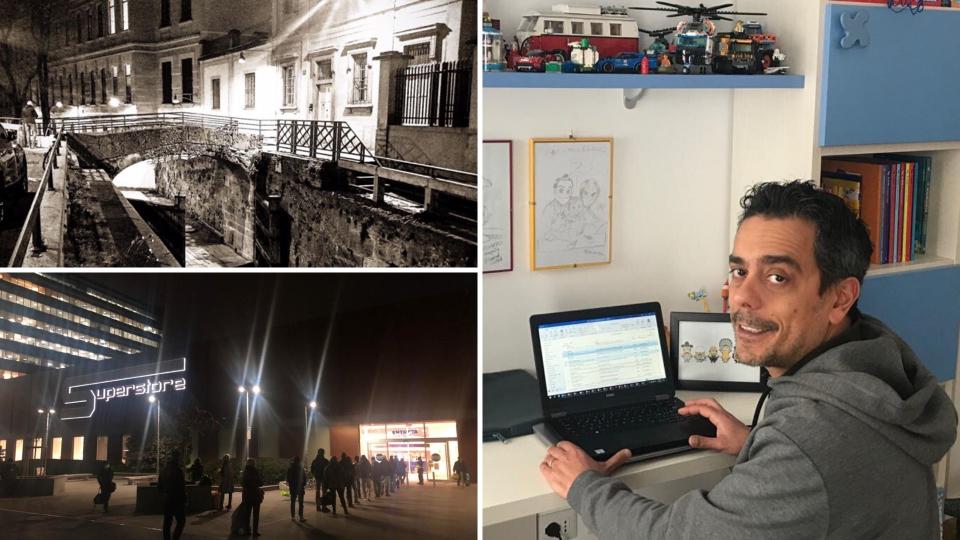
When the northern Italian Lombardy region first entered lockdown, something interesting happened.
Dramatic decision: Why is Italy's coronavirus outbreak so bad?
Financial help: Italy to suspend mortgage payments during coronavirus outbreak
Lockdown chaos: Queues of people line up outside supermarkets in Italy
At first, residents frantically stockpiled food as if it was “like a war”, retail head at a major entertainment company and Milan local Federico Sapienza told Yahoo Finance. But outside of the frenzied shopping, no one was out and about.
However, in the following days, people started venturing out more and more.
“Much more, maybe too much. That’s why, probably, now we are in a bit more trouble.”
He said there were young people having drinks as the bars were still open last Sunday and the panic just wasn’t there.
But since then, the feeling is “very, very different”.
“With the shops that are open you have to maintain a one metre distance and be aware of people doing their business,” he said.
“The perception is that people are more scared.”
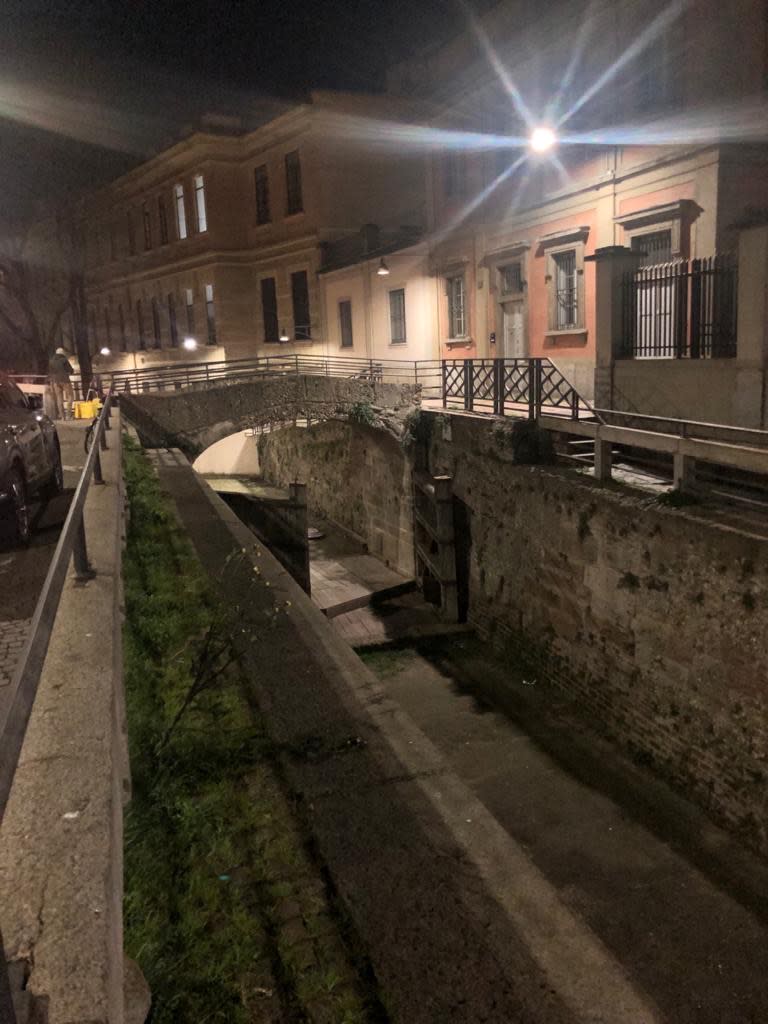
The Italian government on Monday placed the entire European nation, and its population of 60 million under lockdown in an attempt to protect the country’s most vulnerable and prevent a total hospital system collapse.
“We're having an important growth in infection... and of deaths," Prime Minister Giuseppe Conte said, describing the whole of Italy as a “protected zone”.
“There is no more time.”
Outside of China, Italy is the worst-hit country by the coronavirus with around 10,000 cases, and the hospital system is struggling. In a recent Facebook post, Dr Barbara Balanzoni warned of the gravity of the situation.
“I'm going to explain it very clearly: There are not enough places in the intensive care wards. There are not enough ventilators. The available places in the intensive care ward are limited and there are, and there will be, more people in need,” Balanzoni said.
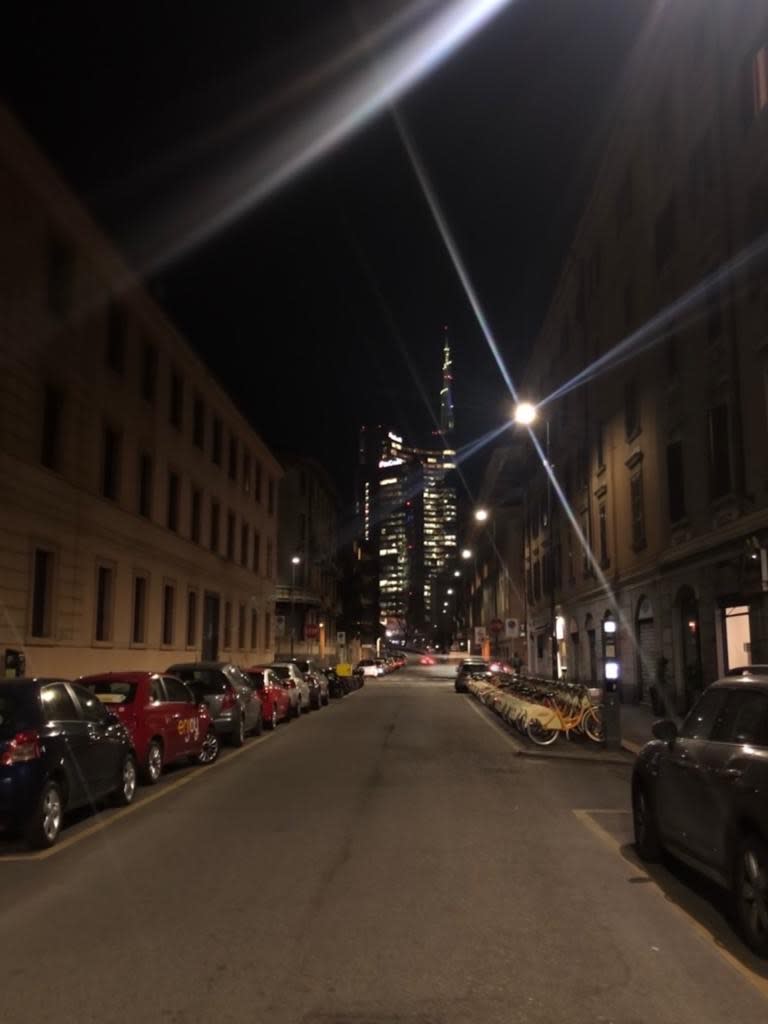
Now, there are warnings of fines and even jail time for those who break the rules.
“In the last two days, people are realising that the virus can be very dangerous and some people are scared that they will get sick with the virus,” Sapienza summarised.
“This is the first concern, more about older people that are the weakest.”
An economy in the pits
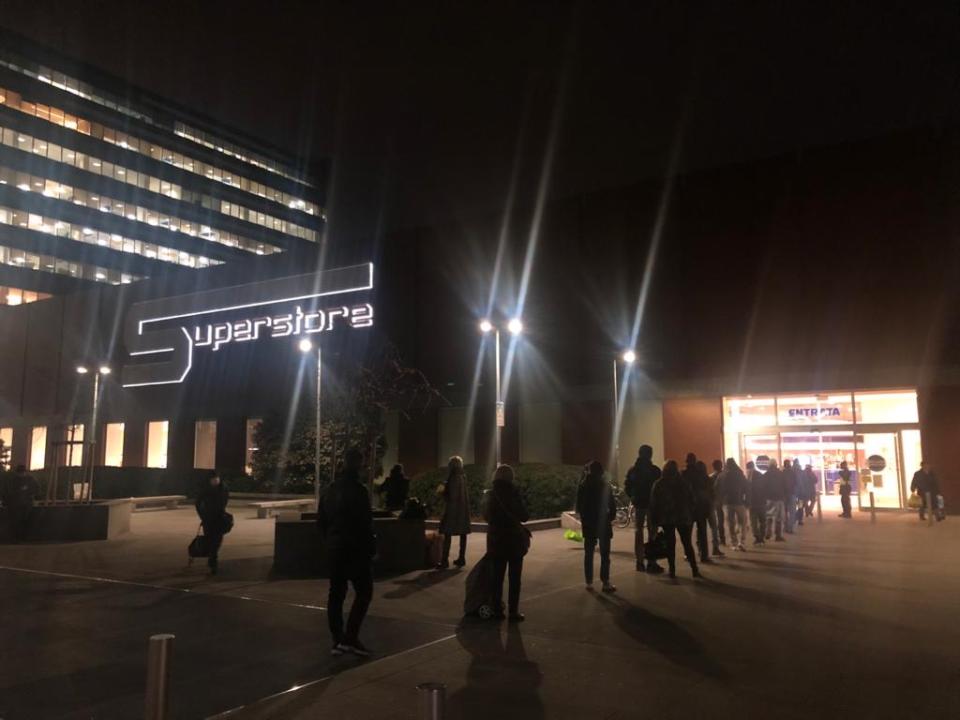
Secondly, Italians are growing increasingly concerned about the looming financial catastrophe for the already embattled nation.
“There are a lot of people that are worried about the economic impact that this situation is having now and will have in the future.”
He said tourism, hotels, restaurants will all feel the “strong impact” and the nation is uncomfortably aware of this.
Work-life overhaul
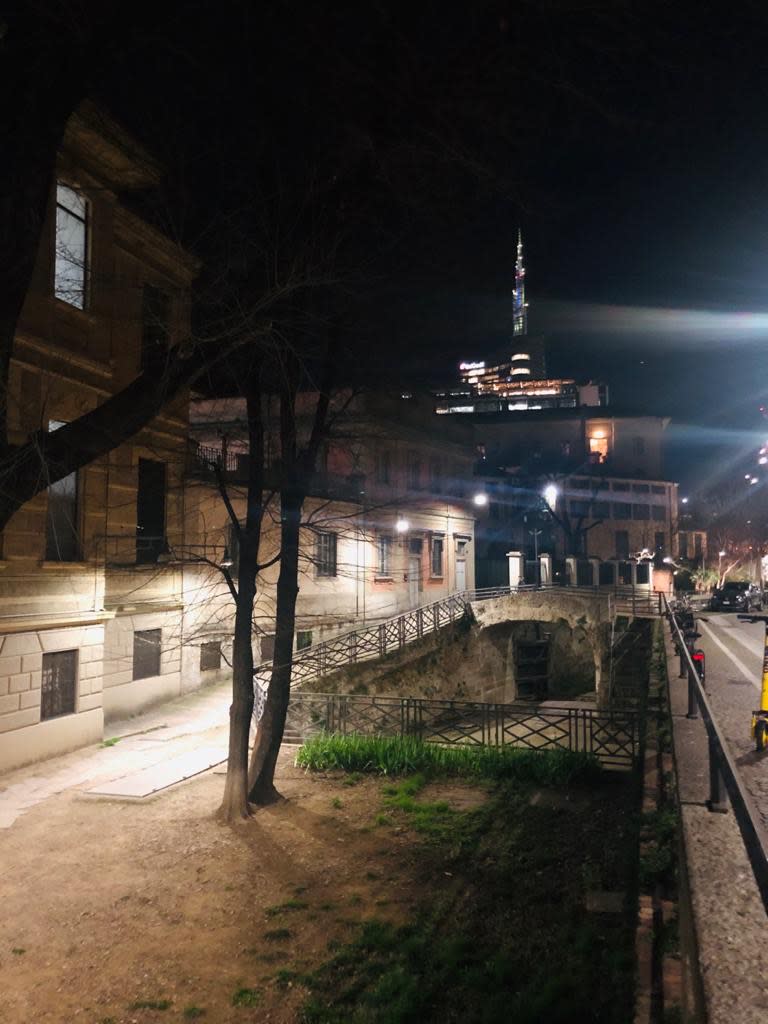
As a professional, Sapienza counts himself one of the lucky ones: his work patterns are relatively unaffected by the lockdown.
He works from home, carrying out meetings with WebEx, Skype and phone calls.
“In terms of the way we are working, we are still working every single day,” he said.
“Eighty percent of our job is being done in the same way.”
He said other businesses have been quick to meet them halfway, meeting online “almost in the same way I used to do in my office”.
In fact, the biggest challenge Sapienza has come across is work-life balance.
While work-from-home programs are often touted as a way to ease the pressures of commutes and maintain a healthier routine, Sapienza said the lockdown has made his routine more difficult.
With a six-year-old son home from school, he and his wife have had to find a smart way to work.
“You think at the beginning, ‘Okay we have so much time to spend with my daughter, my son,’ but at the end you have to work eight-hour days, so at times it’s a bit difficult to manage your day, your private life.”
And it’s an adjustment for his six-year-old son whose daily schedule has been thrown completely out the window, but who still needs to complete “a lot” of homework.
“I would say that probably this is the most difficult part to manage.”
Make your money work with Yahoo Finance’s daily newsletter. Sign up here and stay on top of the latest money, news and tech news.
Follow Yahoo Finance Australia on Facebook, Twitter, Instagram and LinkedIn.

 Yahoo Finance
Yahoo Finance 
